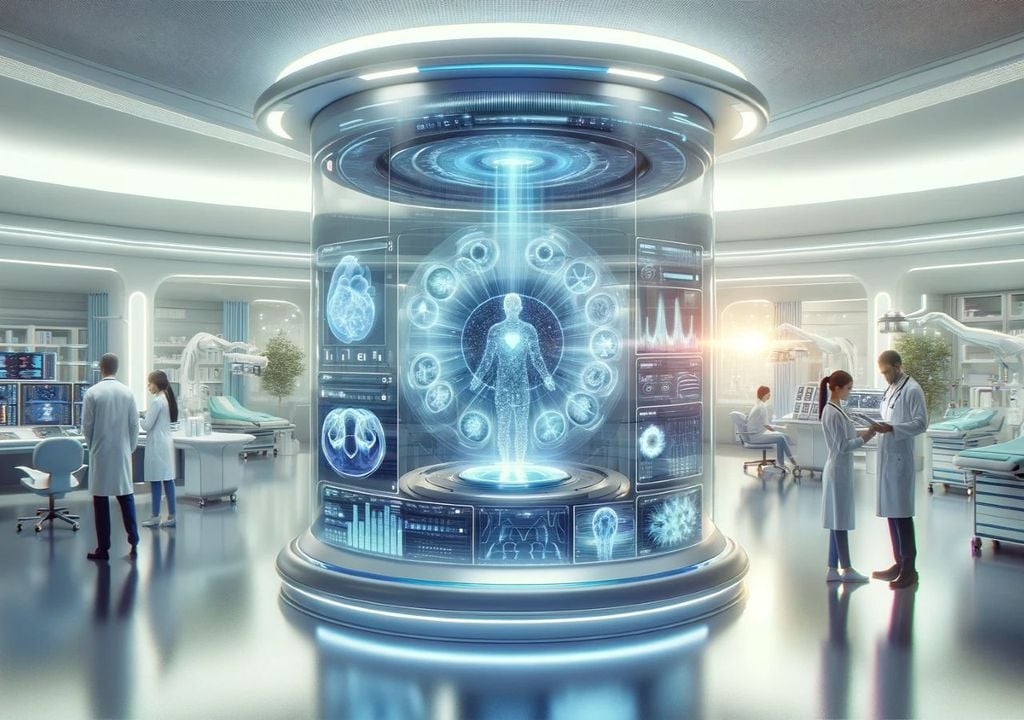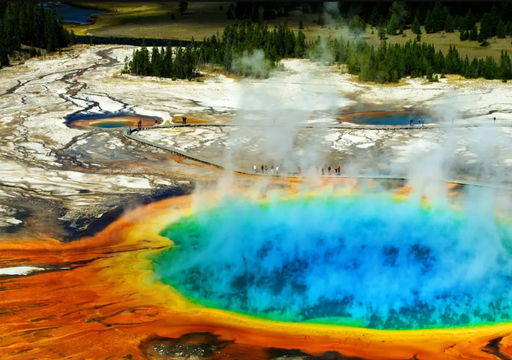AI model acts as modern-day cartographer in disease detection
Scientists develop fresh AI tech that draws ‘treasure maps’ to spot diseases. The groundbreaking tool doesn't just identify diseases and tumours in medical scans, it also creates visual 'treasure maps' to help find disease.

Researchers at the Beckman Institute for Advanced Science and Technology have developed an innovative artificial intelligence (AI) model that's setting new standards in medical diagnostics.
The groundbreaking tool doesn't just identify diseases and tumours in medical scans - it also creates visual "treasure maps" to illustrate its diagnostic process. This advancement allows doctors to easily understand and verify the AI's conclusions, and to explain the findings clearly to patients, those behind the discovery said.
"The idea is to help catch cancer and disease in its earliest stages — like an X on a map — and understand how the decision was made," said lead researcher, Sourya Sengupta, highlighting the potential impact of their work.
"Our model will help streamline that process and make it easier on doctors and patients alike."
Published in IEEE Transactions on Medical Imaging, the findings showcase the model's capabilities and it's hoped that they will offer promise for the future of healthcare.
Spotting diseases with 'e-maps'
The challenge with current AI technologies in medicine has been their "black box" nature — they can provide an answer, but not the reasoning behind it. This opacity has been a barrier, especially when accuracy and trust are paramount in medical diagnoses. The Beckman Institute's AI model addresses this by producing an equivalency map (E-map) for each diagnosis, which visually highlights the regions of interest that led to its conclusions.
This model was rigorously tested across thousands of medical images, demonstrating its ability to match the accuracy of existing AI diagnostic tools while providing much-needed transparency. Its performance was evaluated in detecting various conditions, including early signs of tumours, macular degeneration, and heart enlargement, with promising results.
“The question was: How can we leverage the concepts behind linear models to make non-linear deep neural networks also interpretable like this?” said Mark Anastasio, who co-led the study.
“This work is a classic example of how fundamental ideas can lead to some novel solutions for state-of-the-art AI models.”
The researchers hope that future models will be able to detect and diagnose anomalies all over the body and even differentiate between them.
“I am excited about our tool’s direct benefit to society, not only in terms of improving disease diagnoses but also improving trust and transparency between doctors and patients,” added Anastasio.
Their AI model's self-interpreting feature represents a potentially major step forward, offering a transparent system that enhances doctor-patient communication and could prove to be more trust-worthy as the technology advances.








